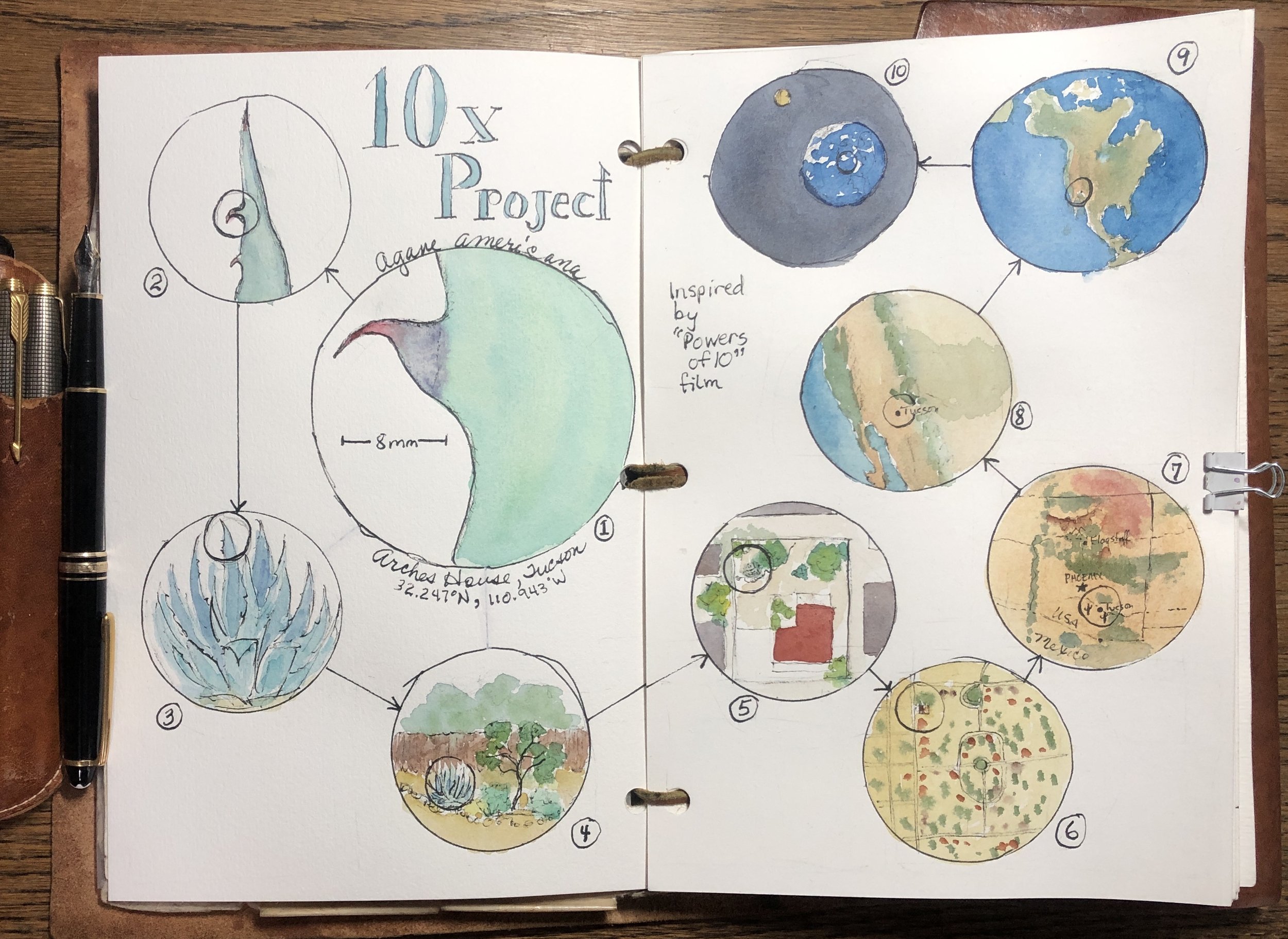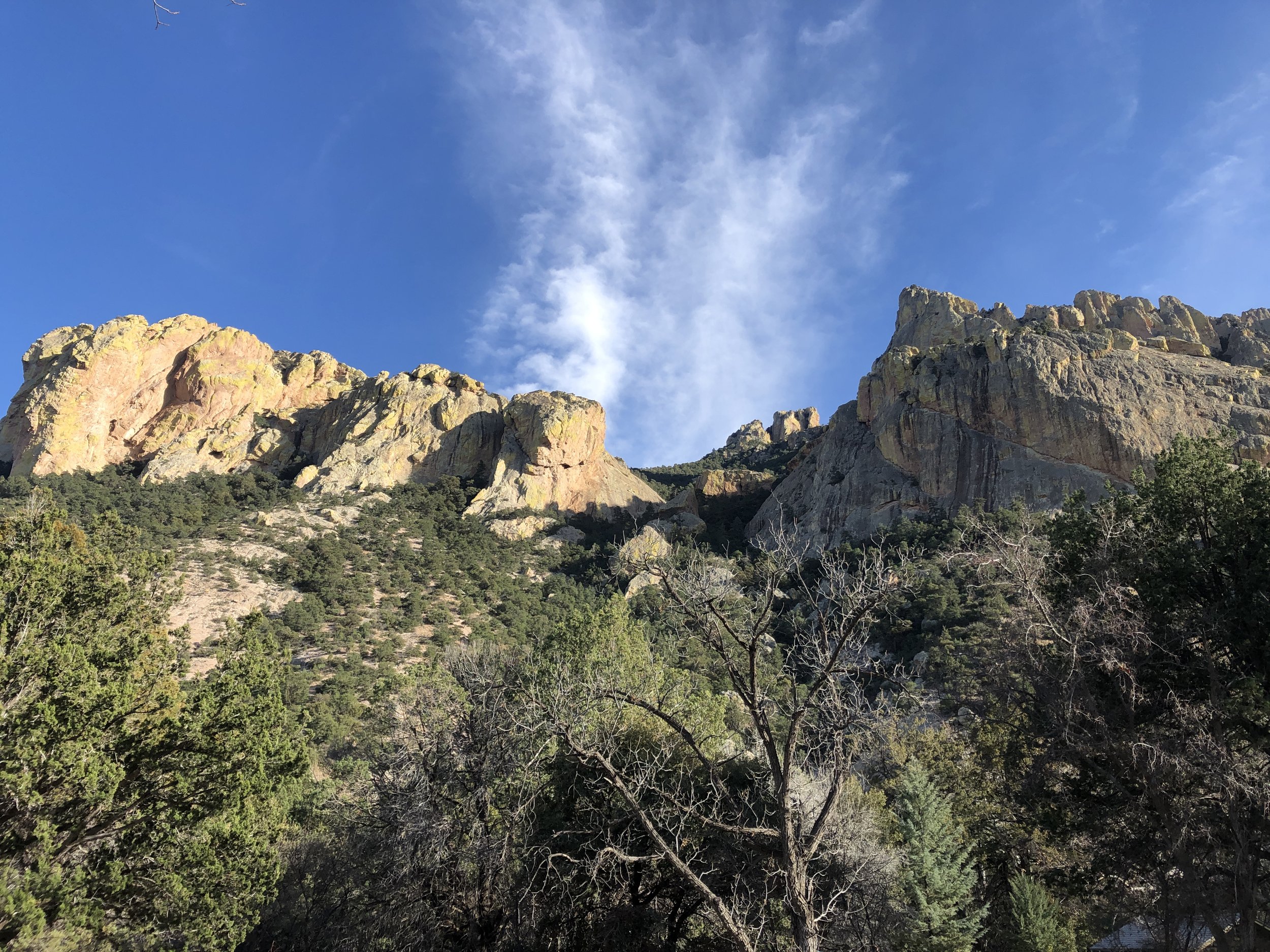Field Arts Workshop: Layout Strategies for Beautiful (Organic) Pages
Tennis star Arthur Ashe famously said: “There is a syndrome in sports called ‘paralysis by analysis.’” The same is true for art. A study published in the Journal of Neuroscience found that the prefrontal cortex—which is housed in the cerebrum—is the part of the brain responsible for planning, executive function, and working memory. Further, the findings showed that overactivity in the prefrontal cortex can interfere with brain processes necessary to perform fluidly; simply put, this can cause people to “choke,” whether you are an athlete or an artist.
This fun and inspiring workshop is going to focus on how we “loosen up” and let go of Type-A-style planning so that our pages become beautiful in an organic way, enhanced by our science-oriented data—which is the most beautiful thing of all.
We’ll also have some fun with a few tools and tricks: a caliper to measure proportions (which happen to coincide with the “Golden Mean” . . . don’t worry we’ll cover that, too!) and a fun protractor for making perfect circles.
Length: 2 hours
Resources from the Workshop
Handout with images, tips and links: https://www.dropbox.com/s/swadhrq8gdms0mg/Organic%20Page%20Layout%20-%20Final%20PDF%20Roseann%20Hanson.pdf?dl=0
CHAT transcript — click > HERE <
Click to initiate download of a PDF of the workshop presentation (50mb file): https://www.dropbox.com/s/cwglitp4269b6n0/Organic%20Layout%2012-04-2021.pdf?dl=0
Links from the workshop:
Virtual Field Trip to Arctic Alaska: https://360exploring.s3.us-west-1.amazonaws.com/Arctic+Alaska/output/index.html
Helix Round Protractor:
From the Field Arts shop, in the Discovery Kit: https://www.exploringoverland.com/field-arts-shop
From Amazon, search for “Helix Round Protractor”
Screen shot of the Virtual Field Trip to Arctic Alaska by Roseann Hanson
Layout sketch idea #1
Layout sketch idea #2
Field Arts Workshop: Ancient Ochres
Human use of pigments to express ourselves may be—literally—a watershed moment in evolutionary time. Perhaps among the first to be used were iron oxides (ochres) such as at France’s famous Lascaux. Archaeologist Tammy Hodgskiss wrote: “People may say ochre is the earliest form of art and symbolism, but there’s more to it. Ochre shows how our brains were developing, and that we were using our environment. It bridges the divide between art and science.”
In this deep dive into the science of artistic pigments and look at our earliest history as artists, we will also learn to create beautiful images in our field notebooks and nature journals using natural earth pigments such as ochres (yellow, red, purple), manganese, lapis lazuli, graphite, and more.
Length: 2 hours
Resources from the Workshop
CHAT transcript — click > HERE <
Click to initiate download of a PDF of the workshop presentation: https://www.dropbox.com/s/qk9sp3baj3v8u7s/Ancient%20Ochres%2011-13-2021.pdf?dl=0
Pigment and natural paint sources:
Greenleaf & Blueberry – handmade in Colorado by Jess Greenleaf and her team, amazing quality and natural pigments
Clearwell Caves (you will need to call; scroll to the bottom of this page for pricing)
Natural Earth Pigments – great pigments and mulling equipment
Cornelissen & Sons – classic London colourists for artists for several hundred years
Kremer Pigments – fantastic source with full disclosure of pigment origins; lots to choose from in earth / iron oxides https://shop.kremerpigments.com/us/shop/pigments/
For the Love of Soil – women-owned who are also soil scientists
Beam Paints – indigenous women-owned; I don’t have personal experience with the quality of these paints
Natural pigment demo landscapito of Cave Creek Canyon in the Chiricahua Mts., southeast Arizona; pigments from top to bottom: Chiricahua Red Ochre (wildcrafted by Roseann); Yellow Ochre (Greenleaf & Blueberry); Sleeping Beauty Turquoise (Daniel Smith); Lapis Lazuli (made by Roseann from pigment from Cornellisen & Sons, London); Point Reyes Quaternary Dune (wildcrafted by Roseann).
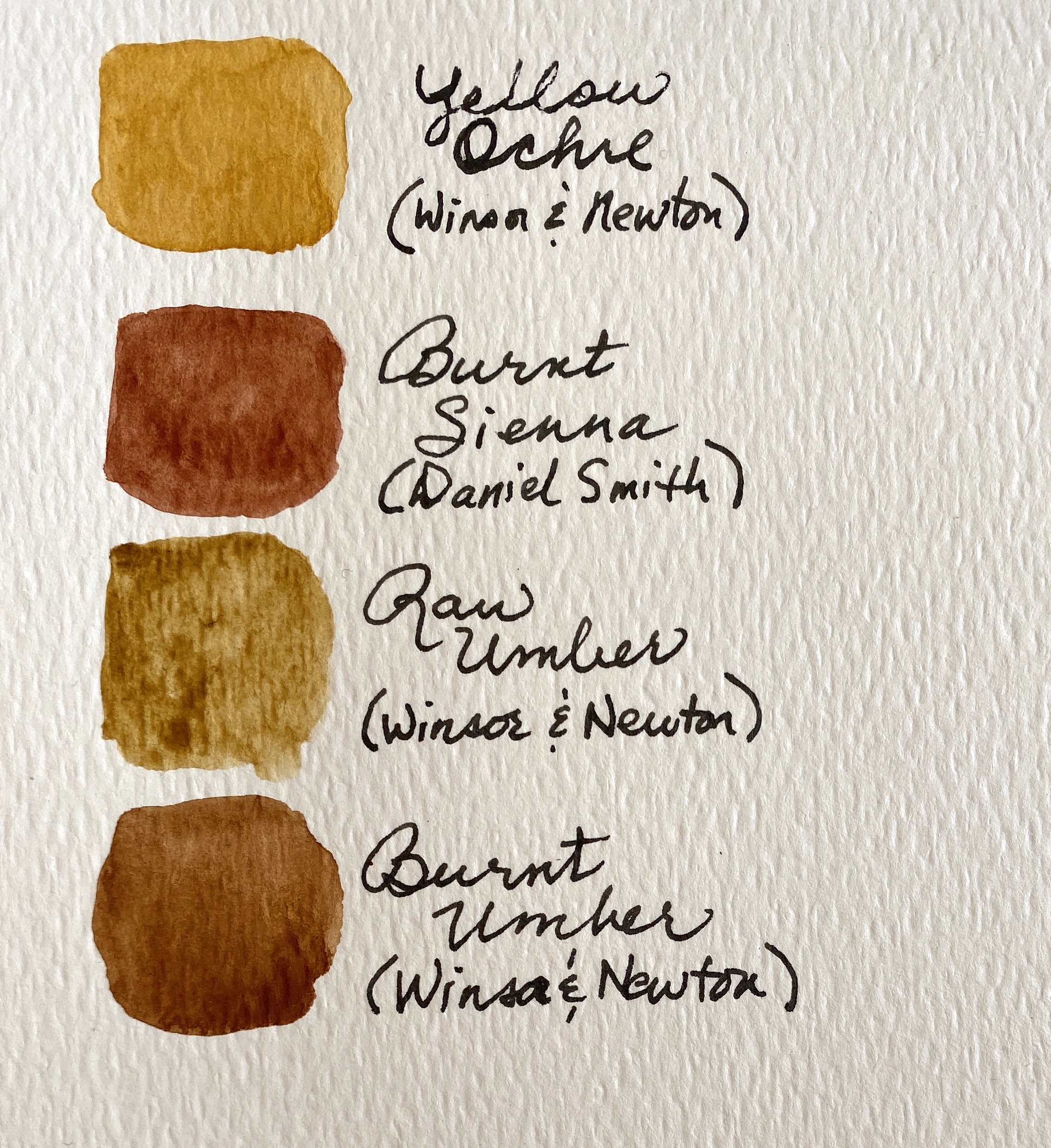
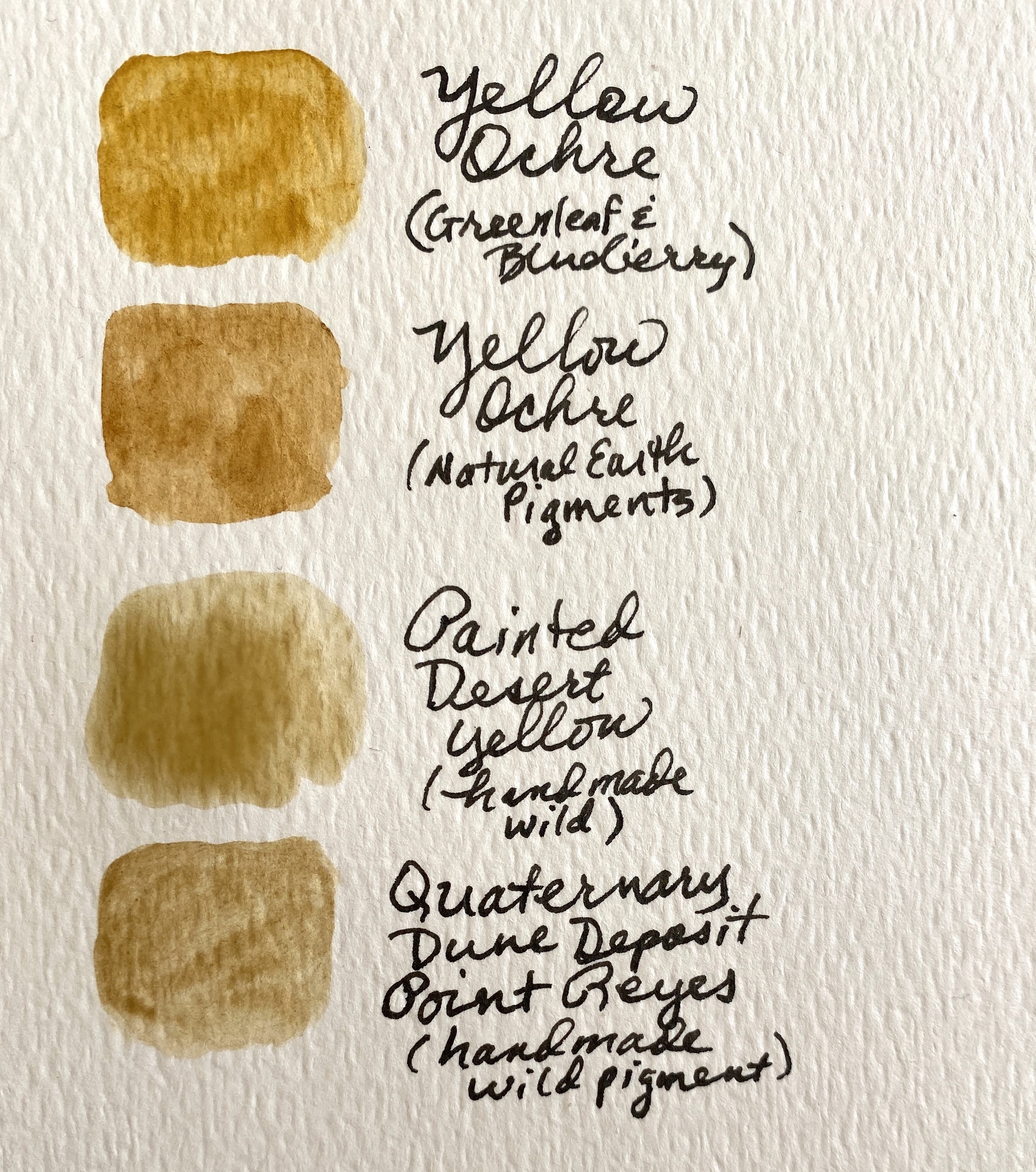
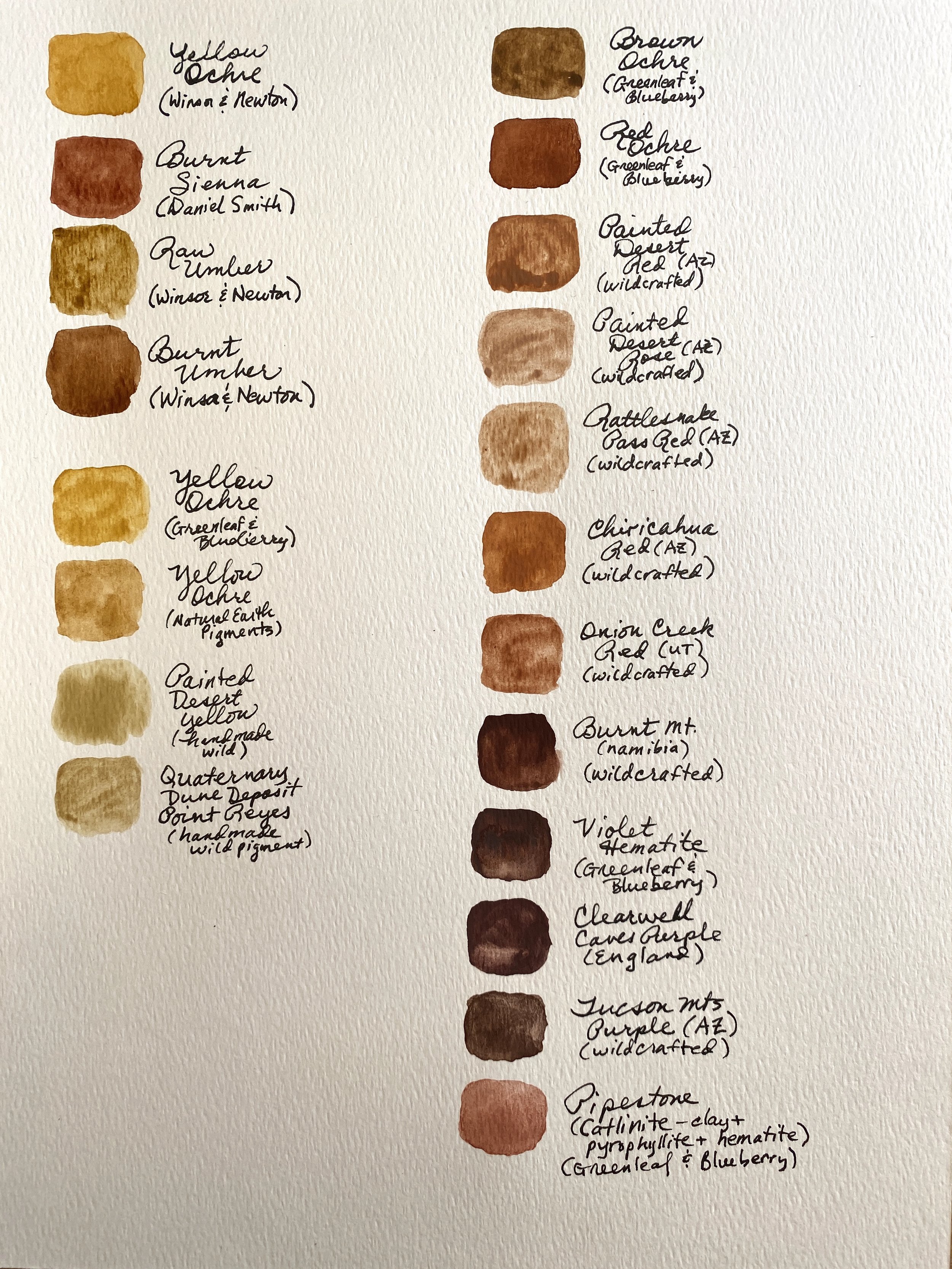
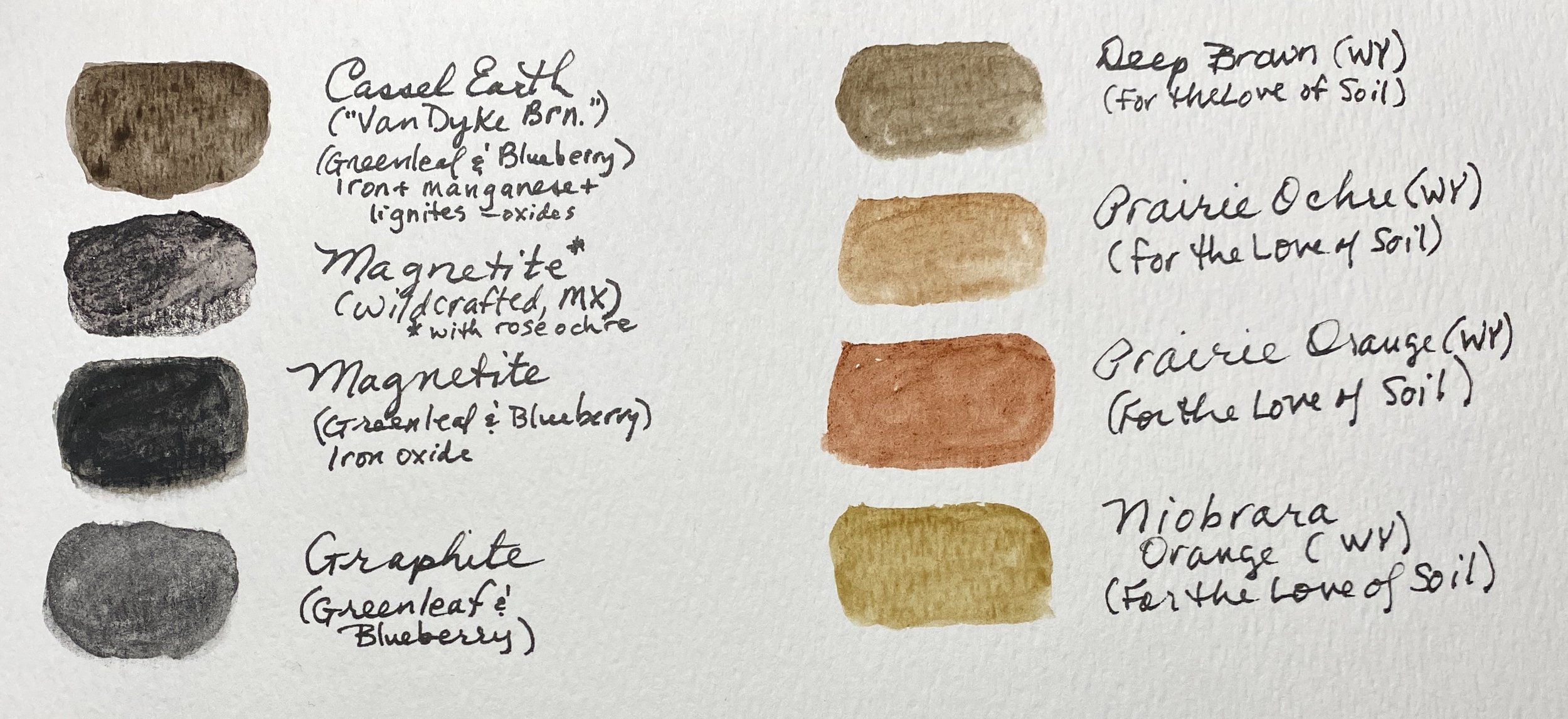
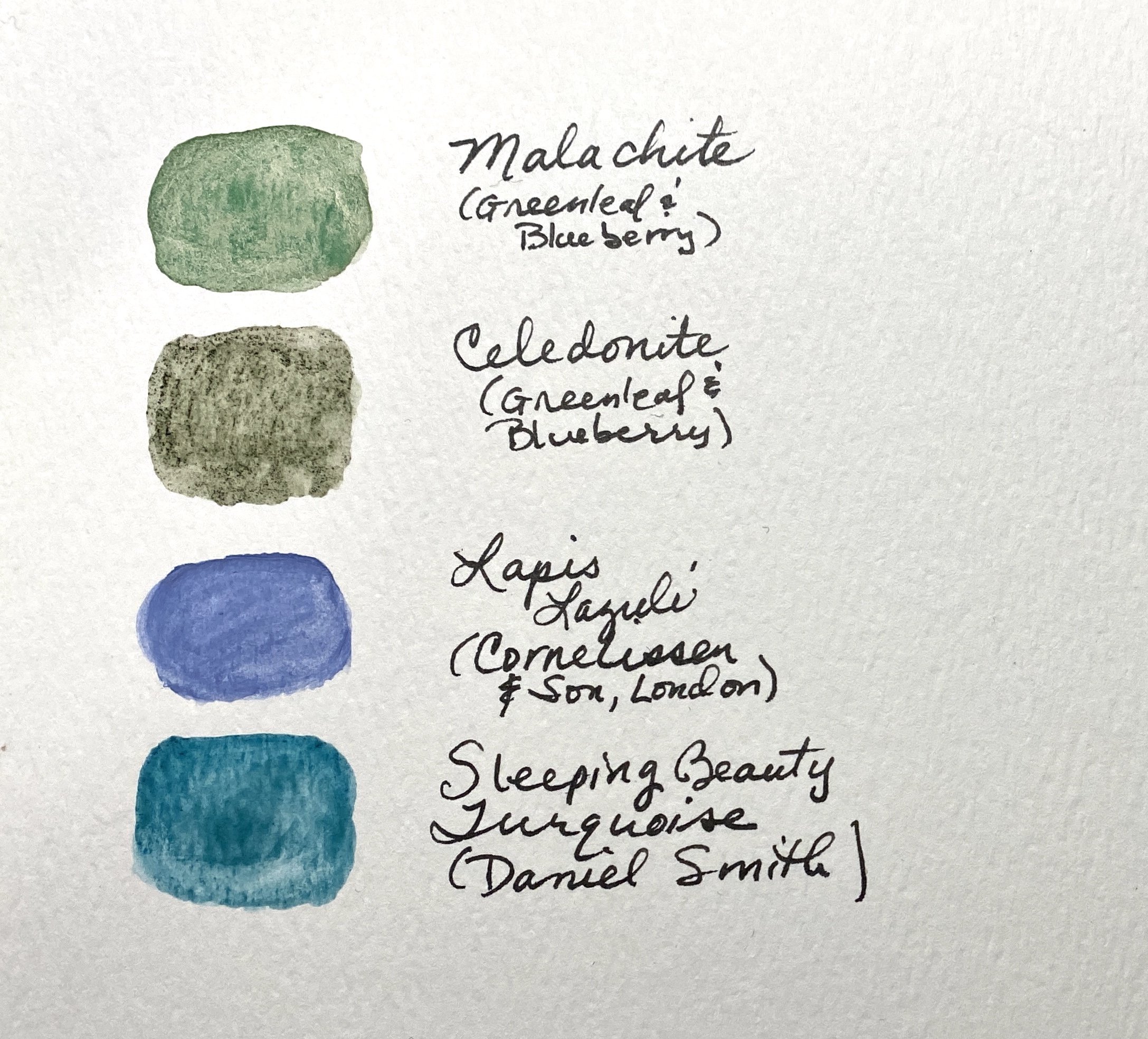
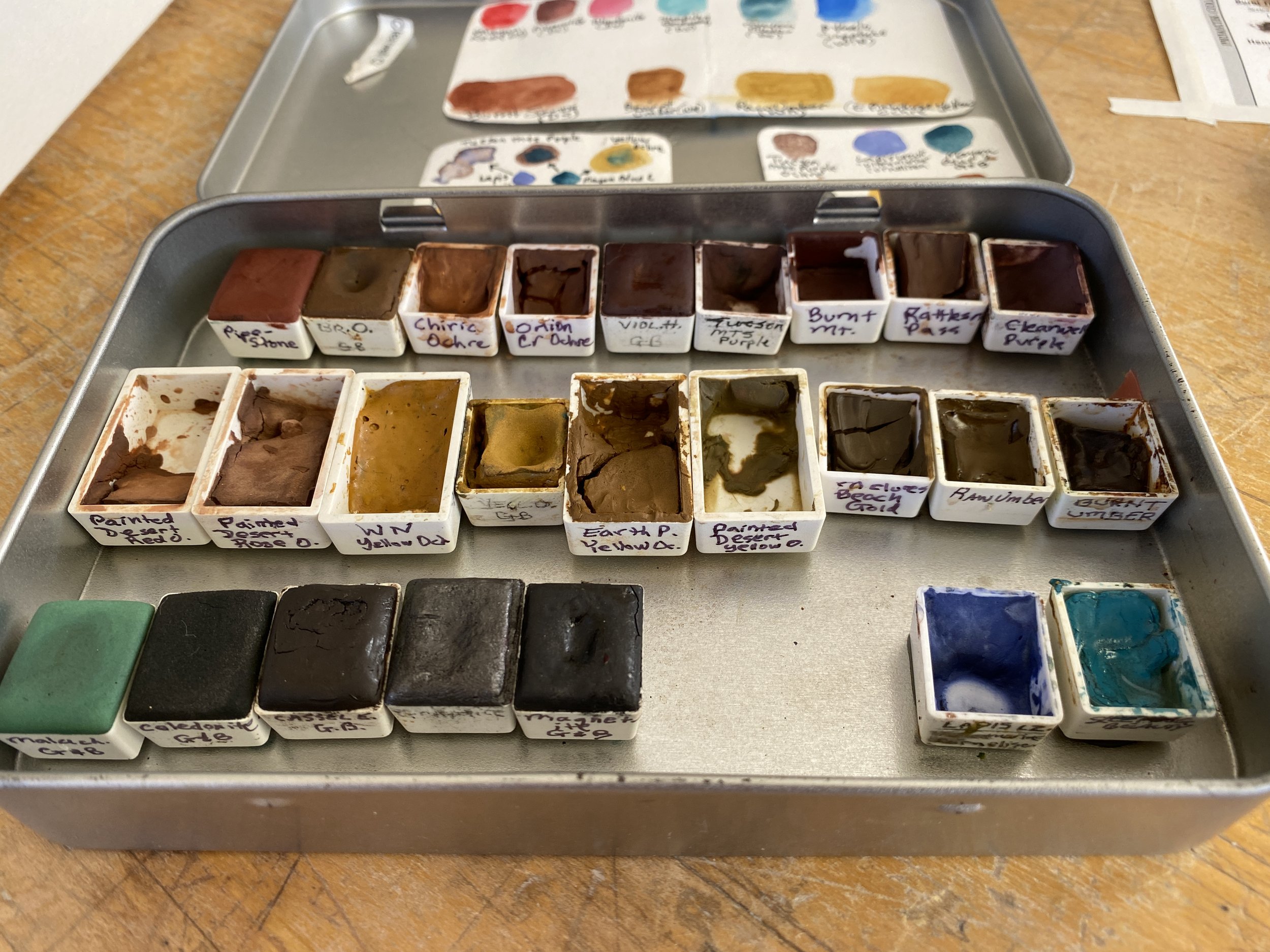
Images from Workshop Participants
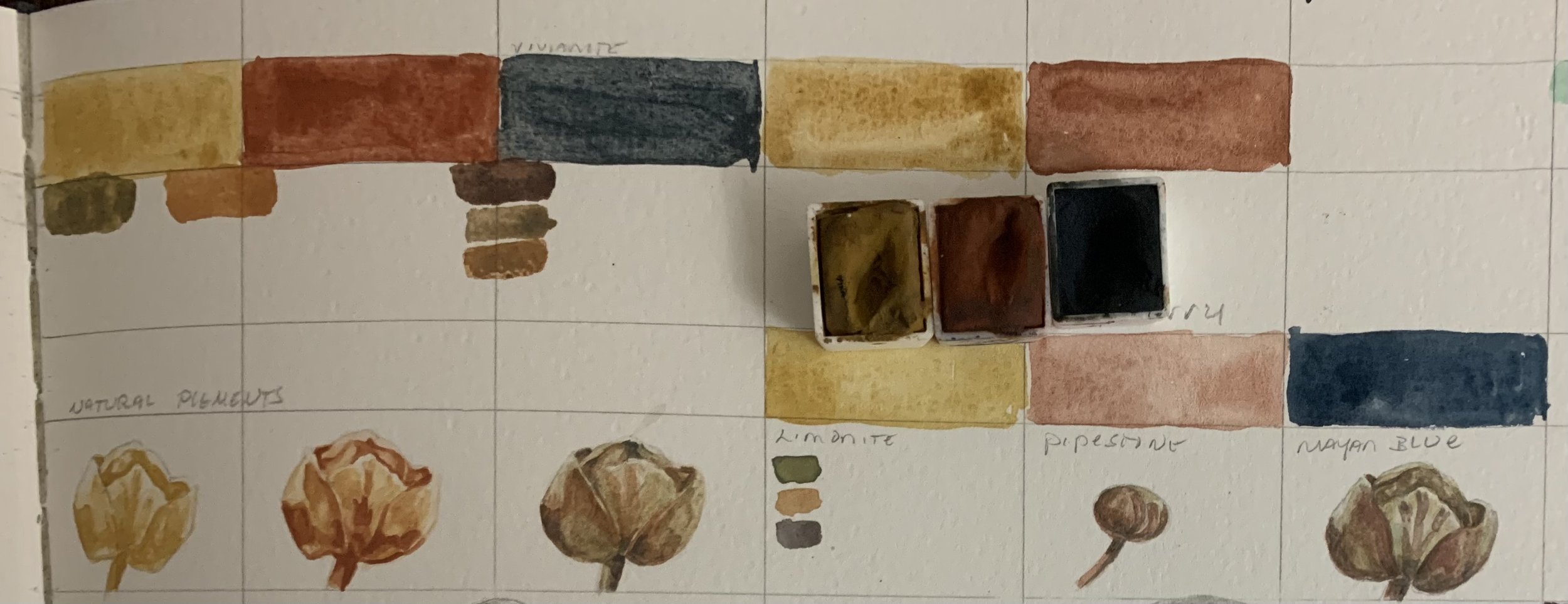
Field Arts Workshop: Elegant Ink for Field Notebooks
Join me for a celebration of the art of elegant ink in our sketchbooks. While I do love color in my journal, I also love the beauty of well-wrought pen sketches.
We’ll cover types of pens and inks (from ballpoint to fountain pens, including the pluses and minuses of the types); practice mark-making and values; and work on a couple of different types of sketches using one image to create each, so we can see how different styles of linework each produce a different “feel” on your pages.
Length: 2 hours
Images at right: Creating various “palettes” for your marks is a great exercise and very useful to keep tucked in a pocket of your journal for reference. The different types of stroke, texture, and tone are like words in a language or paint colors in a palette: you choose each for a different effect, feel, tone, or emphasis.
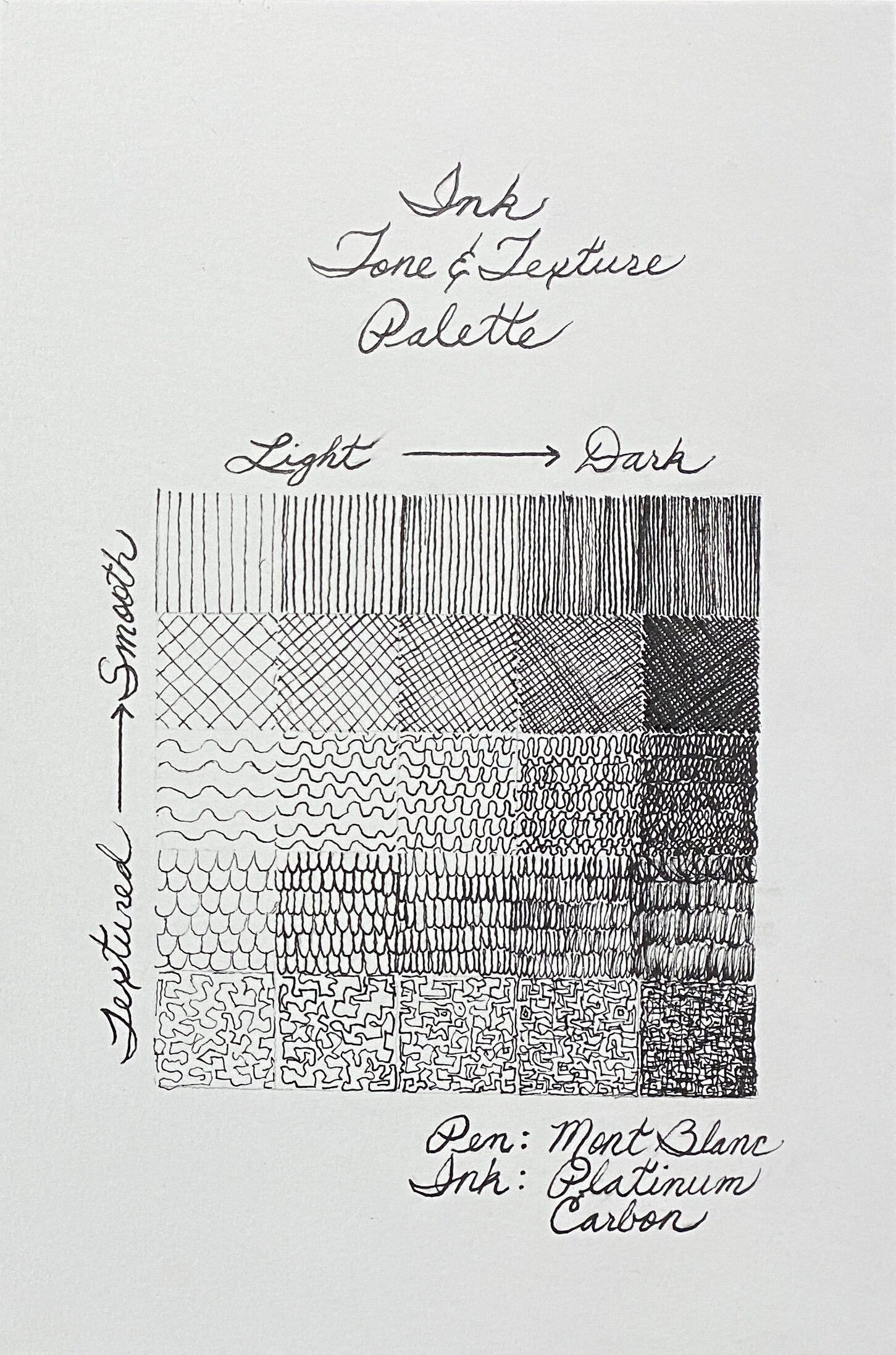

Resources from the Workshop
CHAT transcript — click > HERE <
Click image BELOW to initiate download for the workshop PDF with all the information, sample images, and links. Or, use: https://www.dropbox.com/sh/rvlzr0a9hezdgjr/AACw6pH9jwhj6sQ-rvmM_GGwa?dl=0
Bonus! I did a short video (no sound) of how to clean and refill a fountain pen:
DEMOS FROM THE WORKSHOP



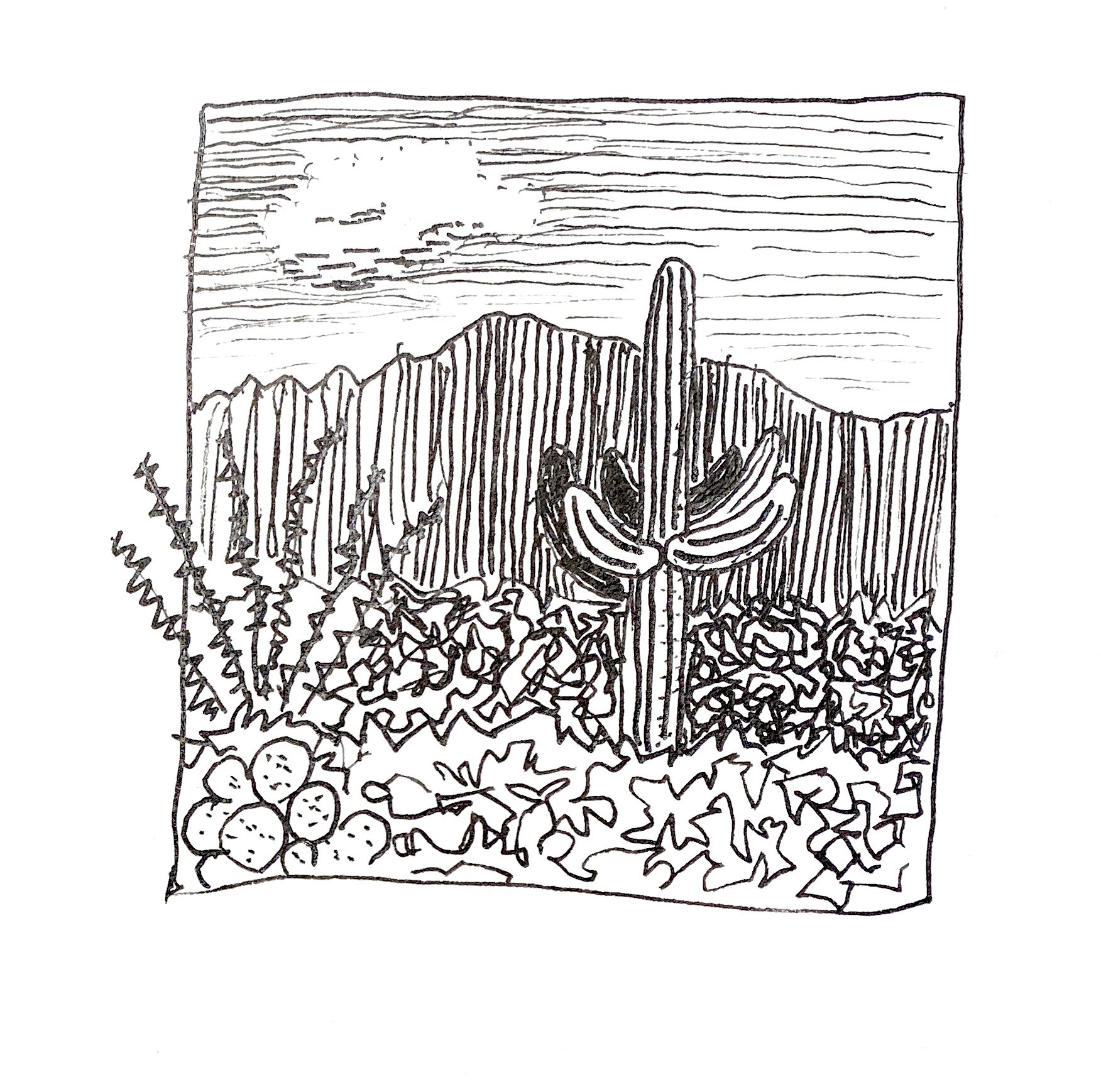
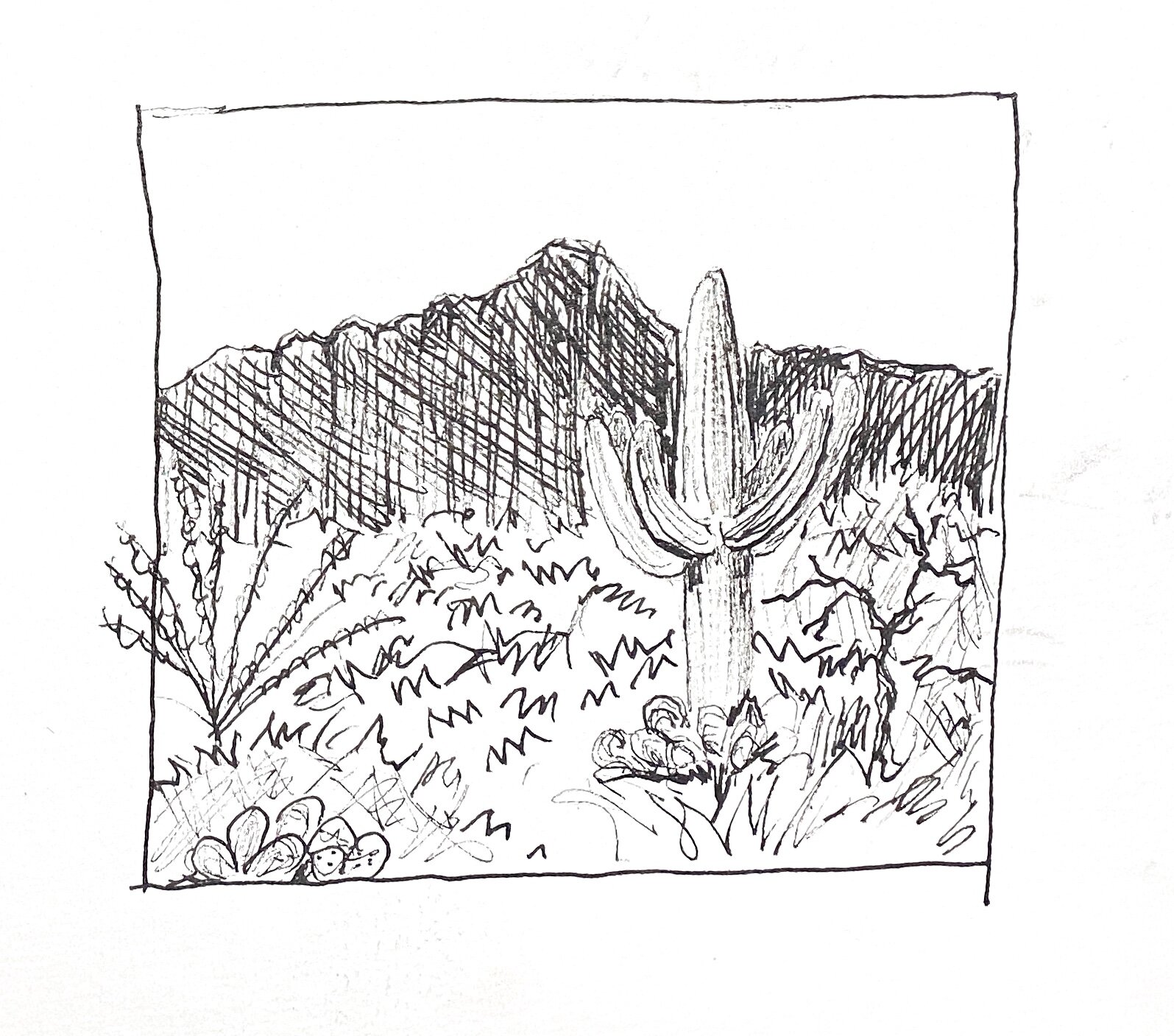
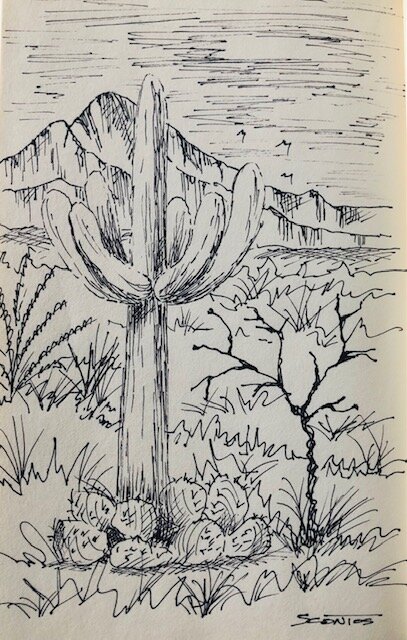

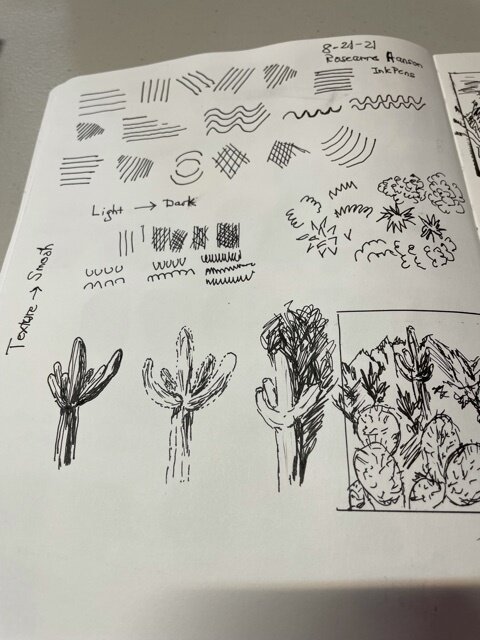
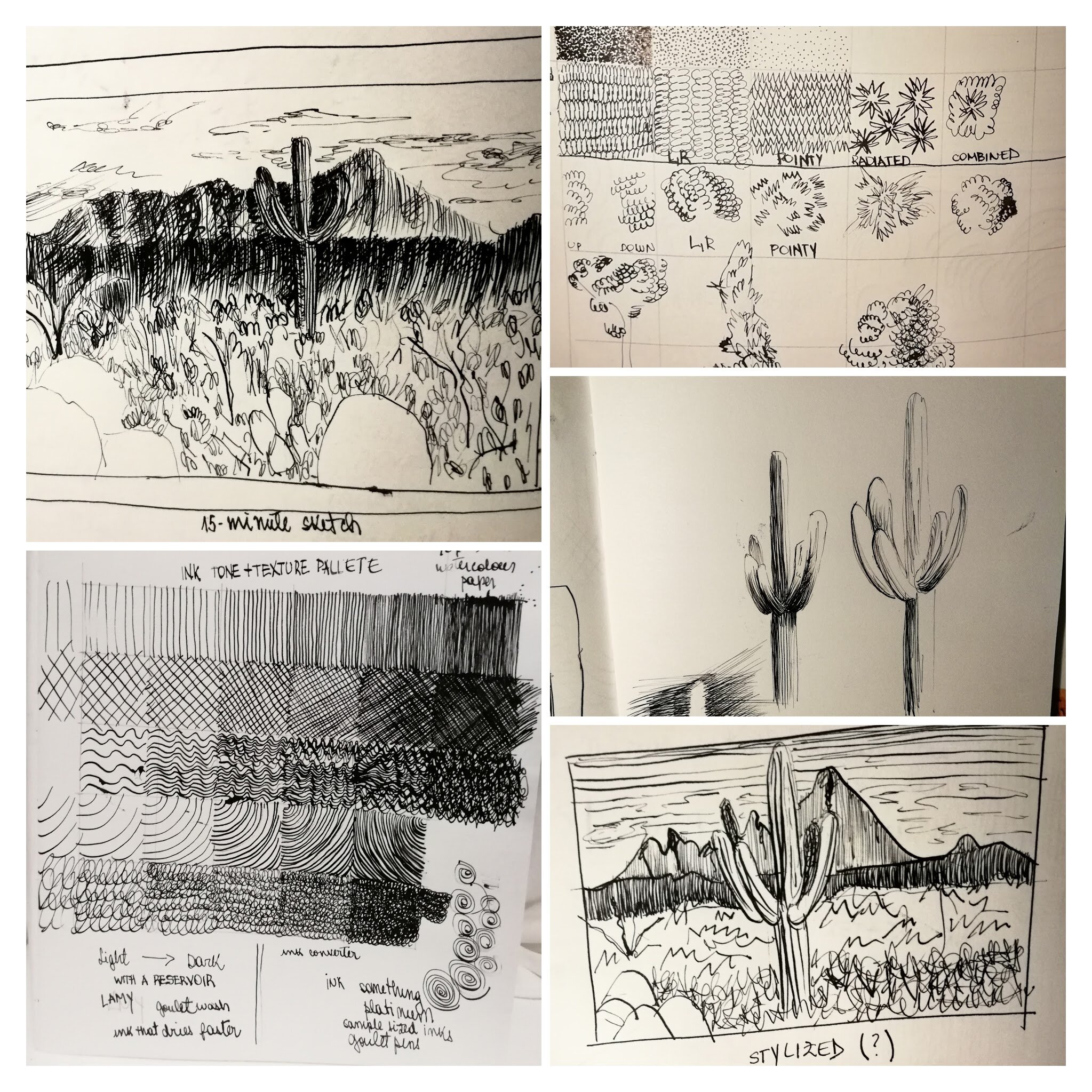
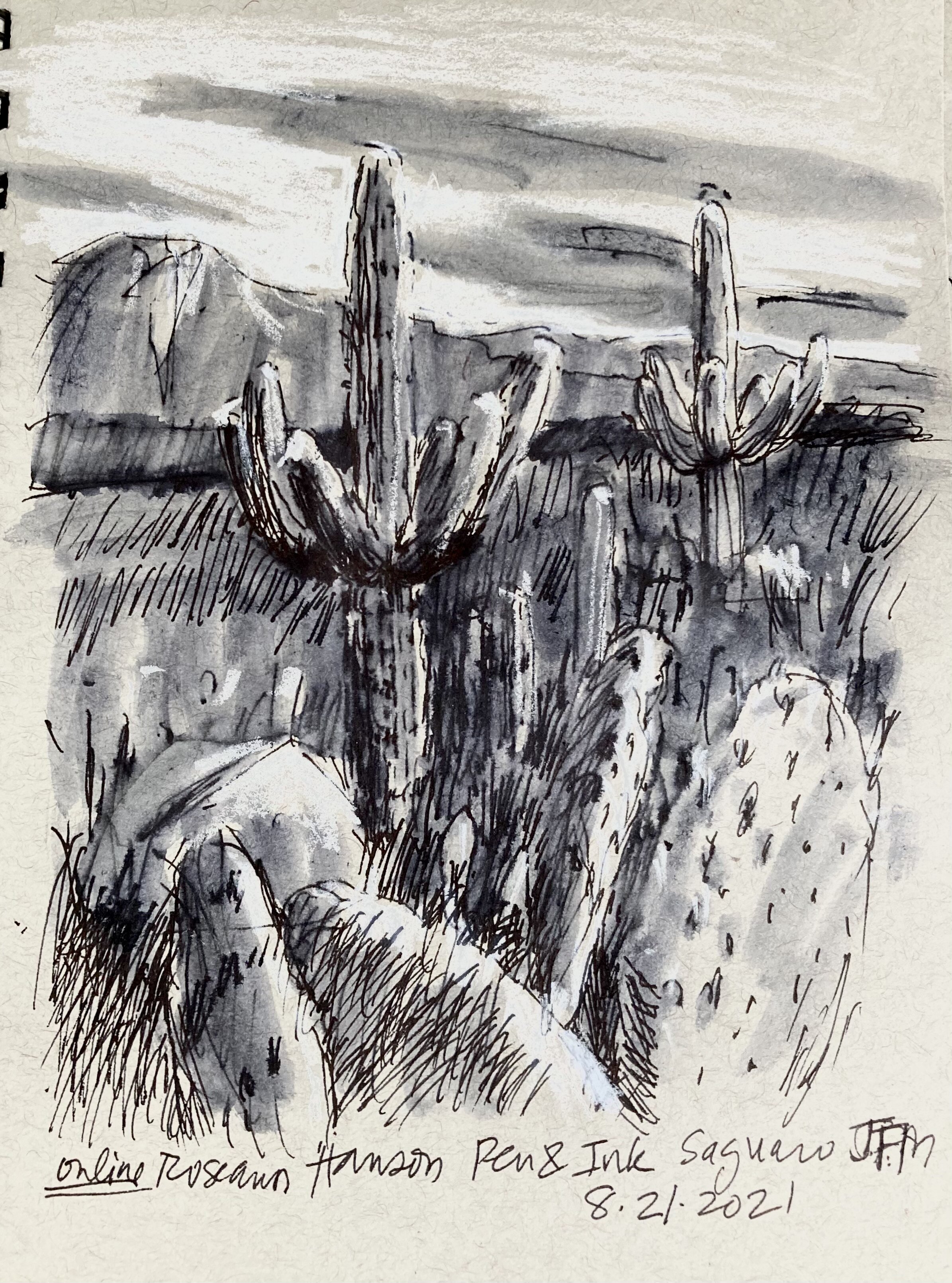
Nature Journaler Best Practices – Check-in for beginners (or anyone)
The hardest part of nature journaling isn’t the sketching and painting—it’s maintaining your practice.
If you are new to nature journaling, or struggling with an ongoing practice, join us for a check-in session to share our experiences and frustrations making nature journaling a regular part of our lives.
The aim of this 90-minute session will be to talk about success or struggles, and our community will help find solutions and suggestions.
We had a lot of great sharing during this workshop with breakout sessions.
Zoom does not support recording individual breakouts, but we were able to record one, and our leaders give synopses of the other two.
Some of the main takeaways and suggestions we have:
Give yourself permission to shape your practice to what works for you.
Be kind to yourself and to your output.
The most important thing to establishing a lasting practice is to make it a habit, and to do that you really do need to make frequent journal entries (at least when you are starting out; those of us who have been doing this for decades, it’s now a habit, so going a week or two without journaling is not going to end our practice).
If you are overwhelmed with journaling daily or even 3-4 times a week, make it a very simplified way of journaling: do a spread in your journal that represents a week, labeling it with the dates. Then, each day add one thing . . . a bird you saw (draw it if you want) or just describe in good notes . . . some phenomenon like leaves budding . . . the weather . . . any observation. You can do this in boxes (seven) or just anywhere on the page spread. By the end of the week you have a nice double-page spread, and your daily practice is supported, well on its way to habit!


